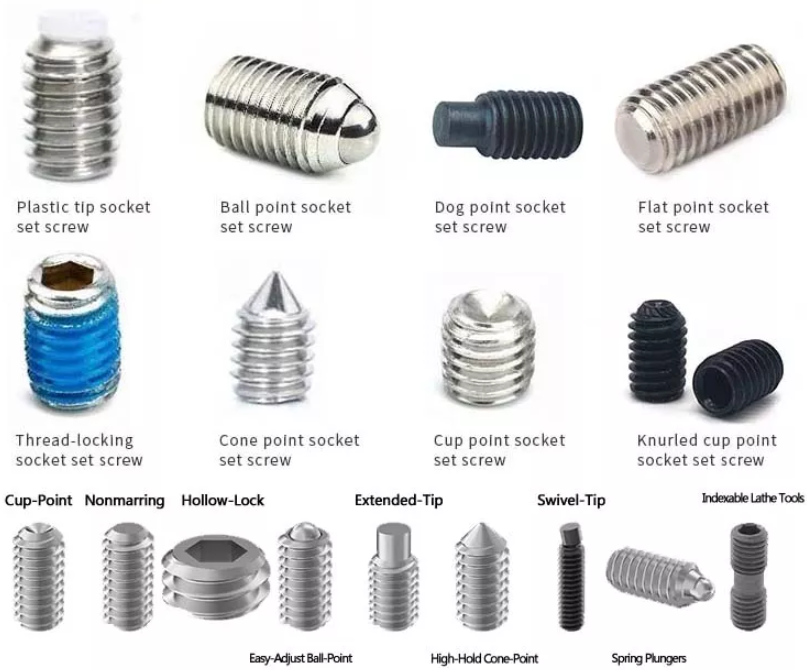As temperatures rise, incidents of vehicle spontaneous combustion have increased significantly. In Xuzhou City, Jiangsu Province, the fire department has identified a growing trend in auto-ignition cases during July and August. According to previous data, last year saw a surge in such incidents, prompting authorities to issue early fire warnings.
The fire department analyzed past cases and found that there are five key factors that often lead to vehicle fires. By paying attention to these issues, car owners can significantly reduce the risk of spontaneous combustion.
**1. Poor Retrofitting Issues**
Faulty wiring from unauthorized modifications is a major cause of vehicle fires. This includes aging wires, overloading, short circuits, or poor contact. If the wiring is not properly insulated or if flammable materials are nearby, the risk increases. For example, vibrations can damage wiring connections, leading to sparks or electrical faults.
**2. Electrical Short Circuits**
Short circuits are common, especially when the starter switch becomes stuck, causing the starter motor to overheat. In older vehicles, worn-out wiring or disorganized circuits can also result in dangerous short circuits. Using improper fuses, like copper wires, can prevent the fuse from cutting off power, increasing the risk of fire.
**3. Improper Parking Location**
Parking on dry grass or leaves can be risky, especially after long drives when the catalytic converter gets extremely hot. Flammable materials underneath the vehicle can easily catch fire if exposed to high heat.
**4. Dangerous Items in the Car**
Items like lighters, perfumes, and mousses can become dangerous if left in direct sunlight. These items can ignite under certain conditions. It's important to avoid leaving any flammable substances, including gasoline or diesel, inside the vehicle.
**5. Leaks and Faults**
High temperatures from the ignition coil can damage the insulation of high-voltage wires, leading to electrical leaks. Fuel leaks from the engine or carburetor can also contribute to fires.
In addition to these main causes, oil spills, long-distance driving in hot weather, and mechanical friction can also trigger spontaneous combustion.
When a fire starts, it’s crucial to act quickly. Signs like a burning smell, smoke, or unusual engine noise may indicate an issue. As soon as you notice anything wrong, stop the vehicle, turn off the engine, and check for the source of the problem.
If a fire breaks out, remain calm. Pull over to a safe spot, turn off the power, and use a fire extinguisher if available. Most modern cars have computer-controlled fuel injection systems, which slow down the spread of fire. However, avoid opening the hood completely, as this can feed more oxygen to the flames.
After a fire, it's important to document the cause. Insurance companies usually cover spontaneous combustion if the vehicle has proper coverage. Be sure to request a "Fire Cause Affirmation Book" from the fire department, as it serves as official evidence for insurance claims or legal actions.
Car owners can also take legal steps, such as filing a product quality complaint against the manufacturer or dealer. They may also file a claim with their insurance company, provided the policy includes coverage for self-ignition.
By staying informed and taking preventive measures, drivers can protect themselves and their vehicles from the dangers of spontaneous combustion.
Wall Plugs And Screws
Wall Plugs And Screws ,Plastic Screw Plugs,Screwfix Rawl Plugs ,Plug Socket Screws
Kunshan Zhonggu Precision Hardware Co., Ltd. , https://www.zgfastener.com
